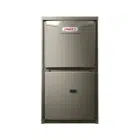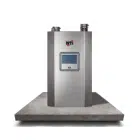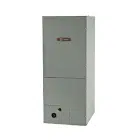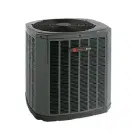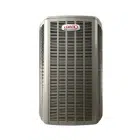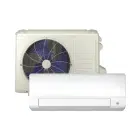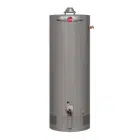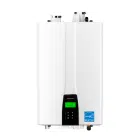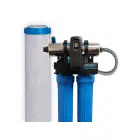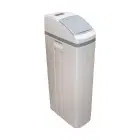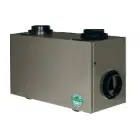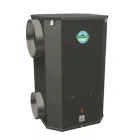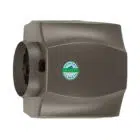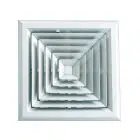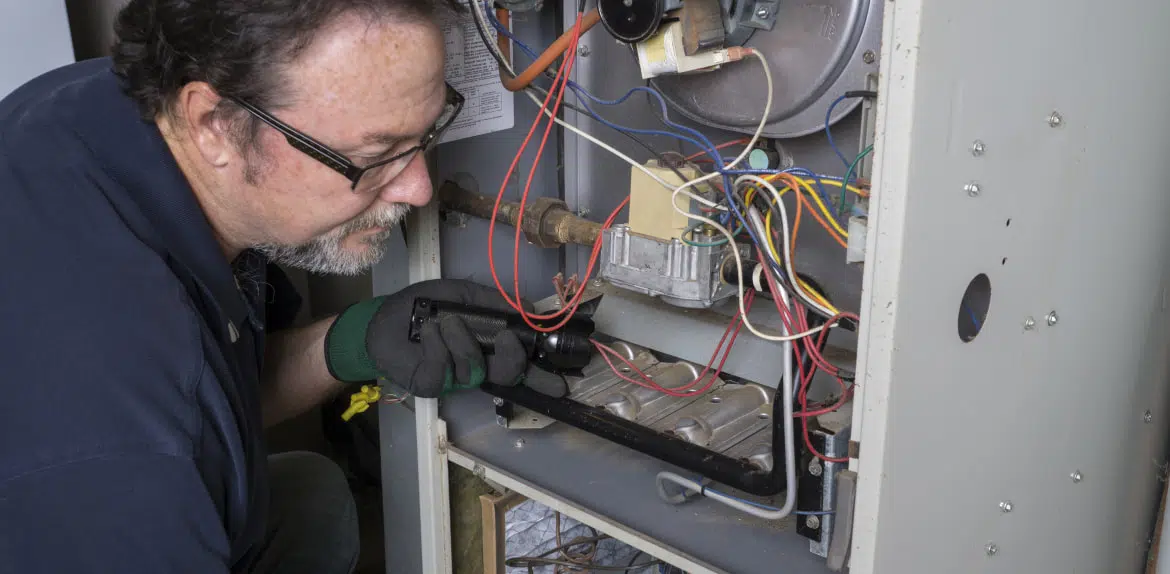
Table of Contents
Why is My Furnace So Loud?
Is your home’s peace and quiet disrupted by the mysterious rumbles, clangs, or squeaks emanating from your furnace? Don’t fret; you’re not alone in this! A furnace noise can be an annoyance, but it’s also a common issue that many homeowners face. In this guide, we’ll unravel the causes of why your furnace is making such a racket and show you how to bring back the tranquility to your home.
Top Reasons That Can Cause a Furnace Noise
What’s That Sound?
Your furnace, the heart of your home’s heating system, should operate quietly and efficiently. However, when it starts making unexpected noises, it’s essential to pinpoint the underlying issues. In this section, we’ll explore the common culprits responsible for a noisy furnace, shedding light on the technical aspects that can affect its performance.
1. Loose or Damaged Components
Within your furnace, various mechanical components work together to generate heat and distribute it throughout your home. Over time, these components can become loose or sustain damage, leading to the furnace making loud noise. Common offenders include the blower wheel, motor, and belts.
2. Clogged or Dirty Air Filters
Air filters play a crucial role in maintaining indoor air quality and ensuring efficient furnace operation. However, when air filters become clogged with dust and debris, they obstruct airflow, causing the furnace to work harder and produce unwanted noise.
3. Ductwork Issues
The ductwork system acts as a conduit for the heated air to travel from the furnace to various parts of your home. Damaged ducts, cracks, leaks, or poorly designed ductwork can amplify noises generated by the furnace, creating disturbances.
4. Ignition Problems
The ignition system is the starting point of the heating process. Whether your furnace utilizes a pilot light or electronic ignition, any malfunction in this area can result in unusual sounds that indicate a need for inspection and repair.
5. Unusual Sounds
Noises such as banging, screeching, and rattling can be symptomatic of specific issues within the furnace. Understanding the unique characteristics of these sounds is essential for diagnosing and resolving the problem effectively.
Check out the 10 most common furnace repair issues and the ways to solve them in our previous article.
How Can I Fix a Loud Furnace?
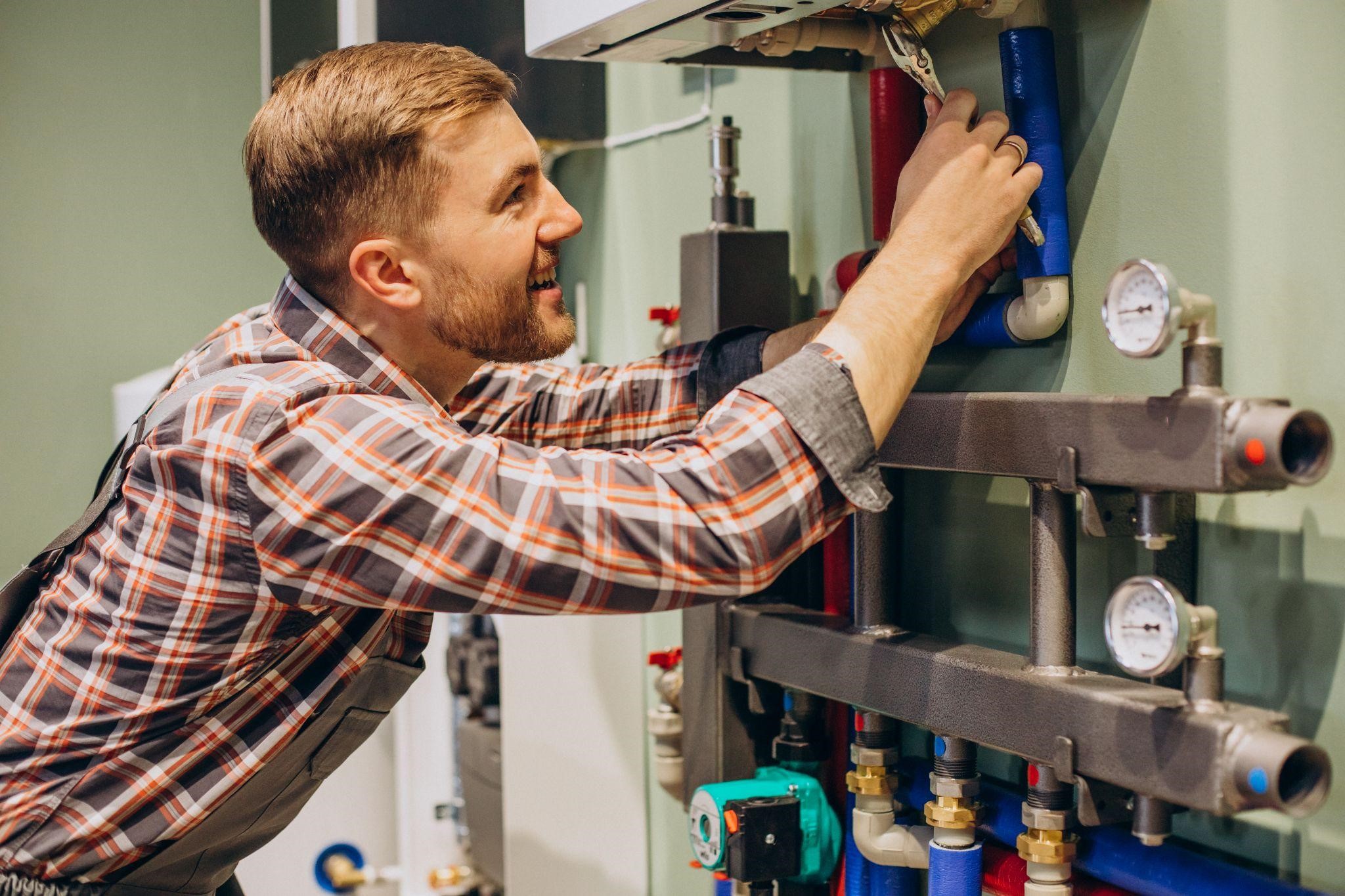
Before you consider calling in professional assistance, it’s worthwhile to explore some DIY troubleshooting and fixes for your noisy furnace. Below, we’ll provide a step-by-step guide to help you identify and potentially resolve common issues that can contribute to furnace noise. While ensuring your safety remains paramount, these procedures can empower you to address minor problems on your own and restore tranquility to your home.
Checking and Changing Air Filters
- Begin by locating the air filter compartment on your furnace, typically found near the intake or blower.
- Turn off the furnace and unplug it for safety.
- Carefully remove the old air filter, noting its size and type for replacement.
- Insert a new, clean filter of the same size and type.
- Ensure the filter is properly secured and reinstall the compartment cover.
- Turn the furnace back on, and monitor for any reduction in noise as improved airflow takes effect.
Tightening Loose Components
- Turn off the furnace and disconnect the power.
- Access the furnace’s internal components by removing the access panel.
- Inspect for any visibly loose or disconnected parts, such as the blower wheel, motor, or belts.
- Using appropriate tools, securely fasten any loose components to eliminate potential vibrations or rattling.
- Reattach the access panel and restore power to the furnace.
- Listen for improvements in the furnace’s operation and noise levels.
Lubricating Moving Parts (if applicable)
- Refer to your furnace’s user manual to identify parts that may require lubrication, such as bearings or motors.
- Turn off the furnace and disconnect the power.
- Apply a manufacturer-recommended lubricant to the specified components.
- Avoid over-lubrication, which can lead to excess accumulation of dirt and debris.
- Reassemble any disassembled parts and restore power to the furnace.
- Listen for reduced friction and noise during furnace operation.
Clearing Debris from Around the Furnace
- Ensure the furnace is powered off and unplugged.
- Inspect the area around the furnace for any debris, objects, or clutter that might obstruct airflow or cause vibrations.
- Carefully remove any foreign objects, dust, or debris from the vicinity of the furnace.
- Reconnect the power and turn on the furnace.
- Monitor for improvements in noise levels as airflow becomes unobstructed.
By checking and changing air filters, tightening loose components, lubricating moving parts when applicable, and clearing debris from around the furnace, you’ve tackled common issues that may contribute to furnace noise. However, if the problem persists or you’re uncertain about any step, it’s advisable to seek professional HVAC assistance, as safety and effective resolution should always be the top priorities.
Does your furnace need replacement? Find out how much furnace replacement costs in Canada.
Furnace Making Loud Noise: When to Call for Professional Help
While DIY troubleshooting and fixes can be effective for minor furnace issues, it’s essential to recognize when a professional touch is not just recommended but necessary. Attempting repairs in certain situations can be hazardous and may exacerbate furnace problems. Here are scenarios where professional assistance is crucial:
Gas or Fuel-Related Issues: Any problems related to the gas or fuel supply to your furnace should never be taken lightly. Gas leaks or malfunctions in the fuel system can lead to serious safety hazards, including fire or carbon monoxide leaks. If you suspect any issues in this regard, it’s imperative to turn off the furnace, evacuate your home, and contact a professional technician immediately.
Electrical Problems: Furnaces rely on complex electrical systems, and tampering with them without the necessary knowledge can be risky. Electrical issues may not only affect your furnace’s performance but also pose fire and electrical shock hazards. If you experience any electrical problems, such as frequent circuit breaker trips or sparking, it’s best to leave the troubleshooting to trained technicians.
Solving Noisy Furnace Issues | DIY Procedures | Professional Repair |
|---|---|---|
Loose or Damaged Components |
|
|
Clogged or Dirty Air Filters |
|
|
Ductwork Issues |
|
|
Ignition Problems |
|
|
Unusual Sounds |
|
|
When it comes to your furnace’s safety and performance, entrust your repair issues to HVAC Service Solutions experts. With a track record of excellence and a commitment to customer satisfaction, our experienced technicians are equipped to resolve your furnace problems efficiently and effectively. Reach out to us today via the link below.
How Much Does It Cost to Repair a Furnace in Canada?

The cost of repairing a noisy furnace in Canada can vary depending on the underlying issue causing the noise and the extent of the problem. Generally, addressing noisy furnace issues, such as loose components, ductwork problems, or ignition malfunctions, can range from $100 to $800+. The specific cost will be influenced by factors like the need for replacement parts, labor, and the expertise of the technician.
At HVAC Service Solutions, we understand the importance of transparent pricing. When you contact us to address a noisy furnace, we start with a thorough inspection to identify the root cause of the noise. Only after this assessment will we provide you with a personalized estimate for the repair cost.
Find out how the furnace repair process by HVAC Service Solution works via the link below.
How Regular Maintenance Can Prevent the Loud Furnace Problem?
Regular maintenance is the secret to keeping your furnace running smoothly and quietly throughout the year. Just as a finely-tuned instrument delivers the most beautiful melodies, a well-maintained furnace ensures your home remains a haven of comfort. Let’s consider the essential maintenance practices that can prevent noisy furnace issues and maintain your heating system’s efficiency.
Scheduling Annual Inspections: Arrange for an annual professional inspection by HVAC Service Solutions. Our experts will comprehensively examine your furnace, identifying and addressing potential issues before they become major problems. This proactive approach can extend your furnace’s lifespan and maintain its quiet operation.
Changing Air Filters: Regularly replace your furnace’s air filters, typically every one to three months or as recommended by the manufacturer. Clean air filters promote optimal airflow, reducing strain on the system and minimizing noise.
Keeping the Area Around the Furnace Clean and Clutter-Free: Ensure the space around your furnace is unobstructed. Remove any items or debris that could interfere with airflow or create vibrations, leading to unwanted noise.
While you can perform some maintenance tasks yourself, nothing beats the thoroughness of professional furnace maintenance. HVAC Service Solutions technicians have the experience and knowledge to conduct comprehensive inspections, identify hidden issues, and fine-tune your furnace for optimal performance.
Check out more detailed information about our furnace maintenance services via the link below.
Conclusion
Your furnace is your steadfast companion, especially in the harsh Canadian climate. To ensure it keeps you warm and cozy, regular maintenance and tune-ups are non-negotiable. The benefits are clear: improved energy efficiency, cleaner indoor air, a longer furnace lifespan, fewer breakdowns, and above all, safety.
Remember, while you can handle some maintenance tasks, certain procedures should be entrusted to professionals. At HVAC Service Solutions, we have the expertise and dedication to keep your furnace in peak condition, so you can enjoy winter without a worry. So, schedule your furnace tune-up today, and let us take care of the rest.
Share

